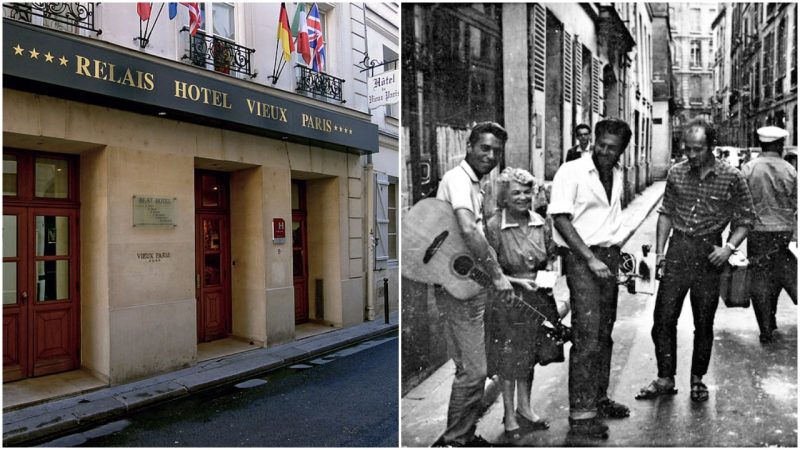In the Latin quarter of Paris, at 9 Rue Git-le-Coeur, there is a small 4-star hotel named “Relais vu Vieux Paris”. The hotel’s rooms are ready to accommodate those who seek comfort and a little bit of luxury while visiting Paris.
The hotel calls itself “the Beat Hotel” and in the lobby and the bar of the hotel guests can see framed photographs of William S. Burroughs, Allen Ginsberg, and Gregory Corso. However, this contemporary Paris hotel is nothing like the original Beat Hotel that once stood in its place.
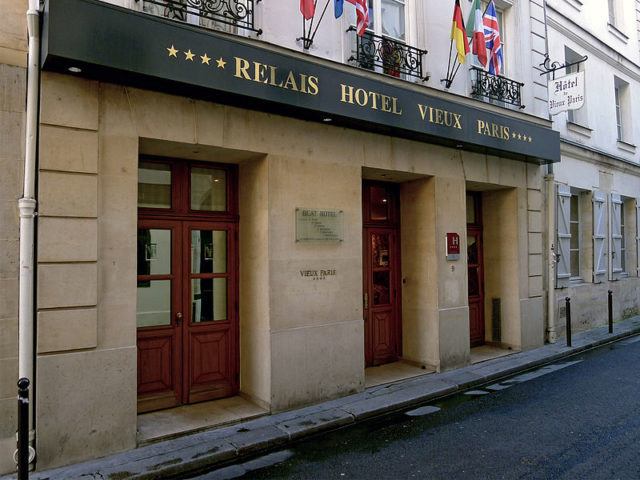
The original Beat Hotel was a run-down unimpressive place, owned by a Mr and Mrs Rachou since 1933. Mr Rachou died in a traffic accident in 1957, and Mrs. Rachou continued to run the hotel until its closure in 1963. Prior to owning the hotel, Mrs Rachou worked at a Paris bar that was frequented by artists such as Claude Monet and Camille Pissarro. At the bar, artists were encouraged to draw and write on the walls and tables, and Mrs Rachou continued that tradition in her hotel.
The hotel’s cozy and relaxed atmosphere attracted many American writers of the Beat generation, who chose it as their Paris headquarters. They were amazed by Mrs Rachou’s easy-going policies and the fact that they had found a place in Paris in which they could continue with their luxurious bohemian lifestyle. Mrs Rachou sometimes even allowed them to pay the rent in the form of poems written on pieces of paper and dedicated to her.
Also, unlike many low-level hotels of the time, the Beat Hotel offered the possibility of taking a bath for a small fee, and the bedsheets were changed quite frequently. Therefore, aside from being extremely affordable, the hotel was also much cleaner than many cheap Paris hotels of the time.
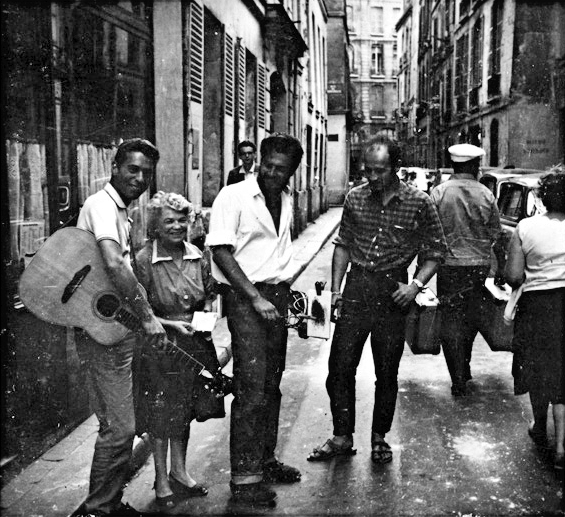
The writers stayed at the hotel several times from the late 1950s to the time of the hotel’s closure. Allen Ginsberg and Pete Orlovsky visited Paris for the first time in 1957 and discovered the hotel.
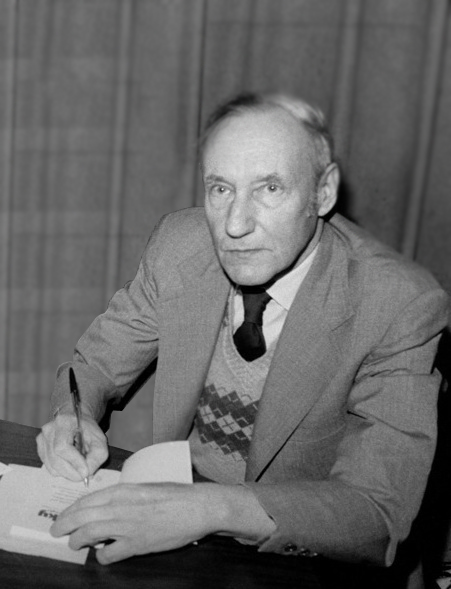
They were soon joined by William Burroughs, who completed the final pages of his seminal novel Naked Lunch while drinking at the bar of the hotel.
Burrows’ lover and collaborator Brion Gysin also visited the hotel, as well as Derek Raymond, Sinclair Beiles, and Gregory Corso. Corso’s famous mushroom cloud-shaped poem was also written while he was enjoying the hospitality of Mrs. Rachou’s establishment.
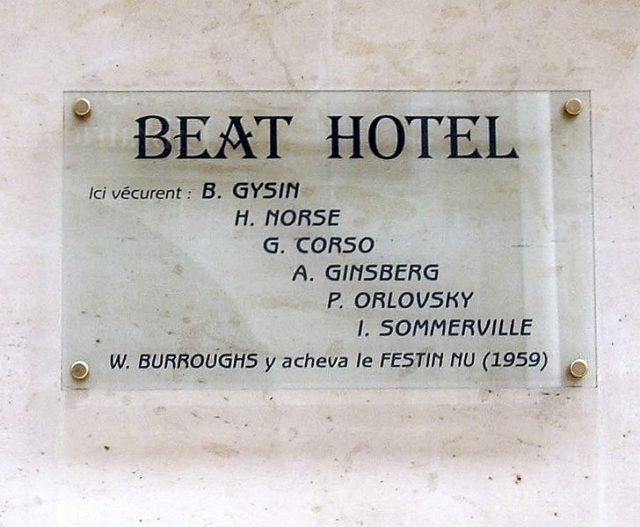
Sadly, the Paris hotels are nowadays mostly reserved for a rich clientele, and even the contemporary affordable hotels lack the run-down allure of the 1960s.
Although the buildings that hosted them remain the same, many historical places disappeared to give way to the money-spending and materialistic culture of the 21st century.
